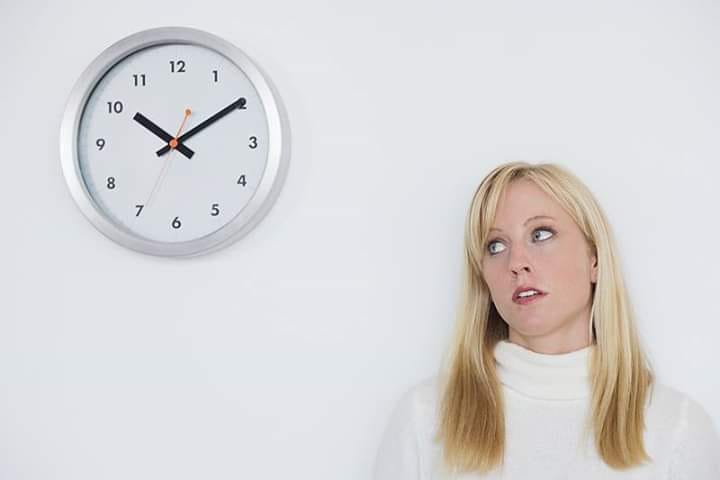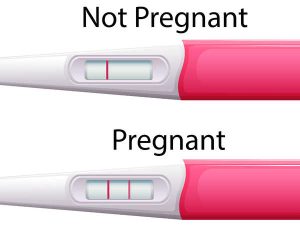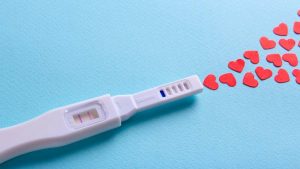Learn more about ovulation test strips, or ovulation predictor kits, to pinpoint when you should try to conceive.
If you’re trying to conceive, you’re probably familiar with the basics of ovulation: Once each month, a mature egg is released from one of the ovaries and is available to be fertilized. This 12- to 24-hour window is when your fertility peaks, making it the best time to have sex when you’re trying for a baby.
Ovulation occurs in the middle of the menstrual cycle. But every woman’s cycle is different, and your own ovulation can vary from month to month. There are several ways to figure out when you’re ovulating, and ovulation test strips are one of the best options out there. Here’s a look at how they work, how to use them, and whether they’re right for you.
What are ovulation test kits and how do they work?
Ovulation test strips or ovulation predictor kits (OPKs) are at-home tests you can use to determine when you’re ovulating. Because you’re most fertile during ovulation, the kits can help increase your chances for success when you’re trying to conceive.
Ovulation test strips work by measuring levels of luteinizing hormone (LH) in your urine. A rise in LH signals the ovary to release an egg — so when your levels reach a certain threshold, it’s safe to assume that ovulation will occur within the next 12 to 36 hours.
How do you use ovulation strips to predict your most fertile days of the month?
It’s easy: All you have to do is pee on a stick or strip (or pee in a cup and dip the stick or strip into the cup) and wait a few minutes for the indicator to appear. If the test line shows up darker than the control line, you’re about to ovulate. (There are always low levels of LH in your body, so if the test line shows up but appears lighter or fainter than the control line, you’re not ovulating yet. Using an ovulation test strip with a digital readout can eliminate this confusion altogether.)
Ovulation tends to occur about halfway through your menstrual cycle. So it’s best to start using an ovulation predictor test a few days before your midway point. (If your cycle is 28 days, for instance, take your first test on day 10 or 11. If your cycles are irregular, use the length of your shortest cycle in the last 6 months as a guide and begin testing three to four days sooner than the midpoint of your shortest cycle.)
You might need to test for a few days to detect a surge in LH, which is totally normal. Most kits come with five to 10 test strips. If you use an ovulation test strip with a digital reader, it can compare your current hormone levels with the levels you’ve had on previous days. That can make it even easier to determine when your LH is surging.
Are there any other pointers you should consider? To get the most accurate reading, you’ll want to:
Use an ovulation test strip between 10 a.m. and 8 p.m. Most women have a surge in LH in the morning, and those levels can be picked up in your urine about four hours later. You could even test twice a day — once between 10 a.m. and 3 p.m. and again between 5 p.m. and 10 p.m. But whether you test once or twice, aim to do it at the same time (or times) each day.
Make sure your urine is concentrated enough. Avoid peeing for an hour or two before the test, and try not to drink large amounts of fluid.
Follow the package directions carefully. The more closely you stick with the manufacturer’s instructions, the more likely you’ll be to get good results.
Once the test indicates that your LH levels are on the upswing, start having sex that day. Have sex for two to three days afterward too, since ovulation can occur within 36 hours of LH levels rising.





